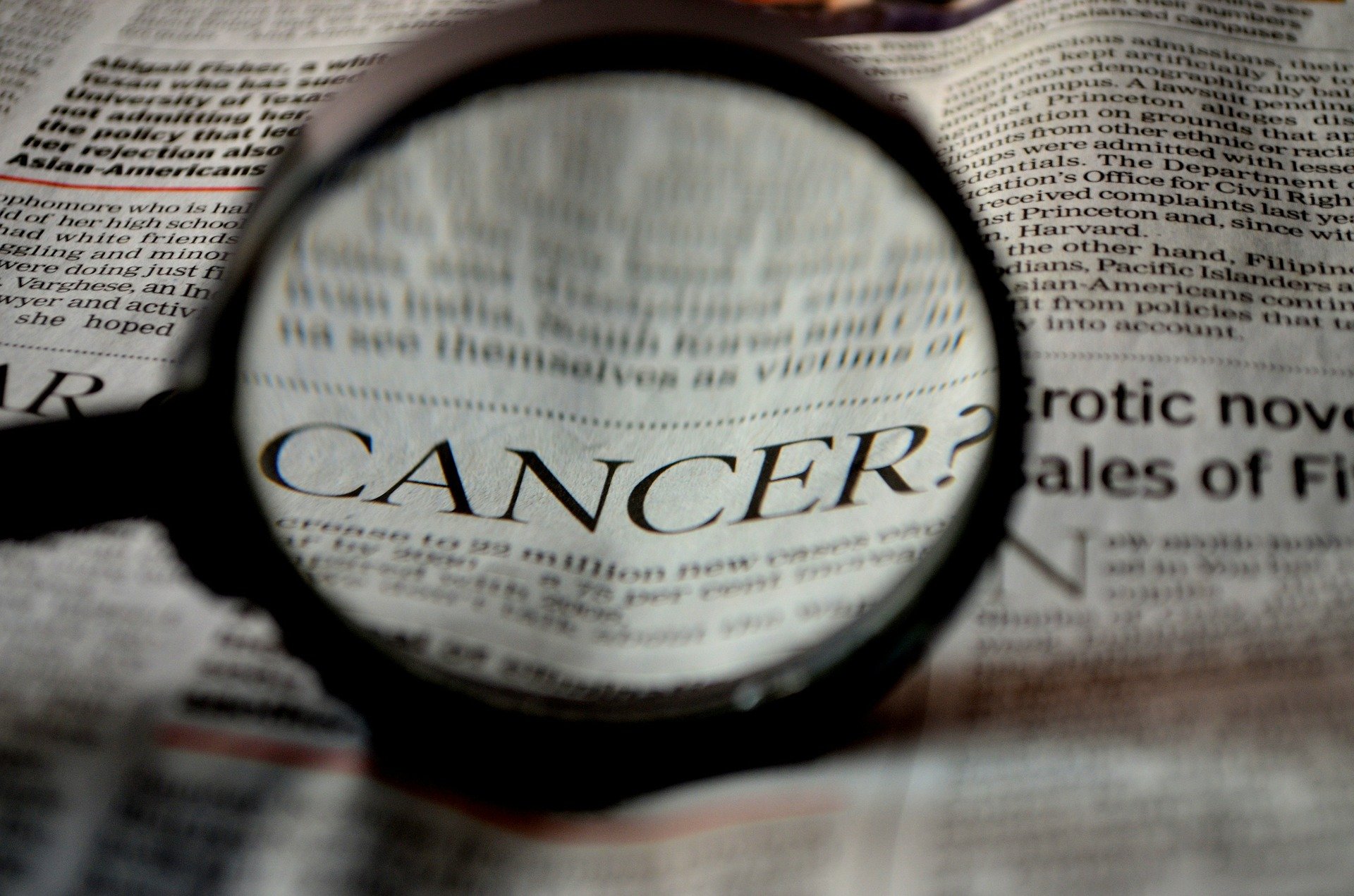Media release
From: Medical Journal of Australia (MJA)COVID-19 silver lining: improving cancer care
THE COVID-19 pandemic has prompted unprecedented changes in cancer care in Australia, with high-value practices across all levels set to continue post-pandemic, adding considerably to optimal cancer care, according to the authors of a consensus statement published today by the Medical Journal of Australia.
Cancer Australia held a virtual roundtable in July 2020 comprising thirty leading Australian cancer experts and consumers, which explored 12 elements of cancer care that have changed during the pandemic. The discussion focused on the impact of these changes, and strategies to retain, enhance, and embed high-value modifications into practice.
1. Expanded use of telehealth: “Telehealth offers benefits regarding choice, convenience and safety for both patients and clinicians, and potentially reduces rural–urban disparity in cancer care”. Cancer Australia’s consensus statement lists recommendations for making telehealth more secure, private, and accessible at the system, service, practitioner and patient levels.
2. Changes to prevention and early detection: “… disruptions to some screening programs resulted in a backlog of missed appointments; moreover, some jurisdictions reported reductions in cancer referrals, fewer people attending health consultations, and a reduction in cancer-related diagnostic and treatment services”. The consensus statement recommends facilitating patient access to screening programs, catch-up plans, promoting the importance of early detection by disseminating awareness messaging and encouraging patients to see their doctor about ‘red flag’ symptoms suggestive of cancer (e.g., Cancer Australia’s Cancer Won’t Wait [https://www.canceraustralia.gov.au/cancer-wont-wait] campaign).
3. Virtual multidisciplinary team meetings: “There is an opportunity for virtual MDTs to become a standard component of future clinical workflows.”
4. Modifications to treatment schedules: “Some evidence-based modifications to cancer management include transitioning from intravenous to oral chemotherapy if there are alternatives, and considering alternative and less resource-intensive treatment regimens where appropriate, on a case-by-case basis with both patient and multidisciplinary input.”
5. Hypofractionated radiotherapy: “For selected cancers, the use of hypofractionated or short-course schedules increased in Australia and overseas during the pandemic, with various national and international cancer organisations recommending hypofractionated regimens where appropriate.”
6. Oncology hospital in the home: “In-home oncology models may help protect the wellbeing of immunocompromised patients while better managing acute care resources, however there are inherent concerns around safety of home infusions of chemotherapy drugs and potential medico-legal risks in staff providing treatment outside the clinical setting”. The Statement identifies strategies for safety and efficiency of adopting in-home cancer care models.
7. Responsive patient support: “Cancer organisations rapidly and proactively increased information support for cancer patients during the pandemic, providing timely information about cancer care and treatment, and advice about infection control.”
8. Innovative care and hospital infrastructure models: “Some innovative care and hospital infrastructure models adopted to minimise overloading of acute care facilities and reduce community transmission of disease” are highlighted.
9. Shared follow-up and survivorship care: “Shared care supports continuity of follow-up care, helps minimise unnecessary presentations to acute care facilities, increases the capacity of specialists and hospitals to focus on patients requiring urgent care, and enables engagement between patients and health professionals in diverse locations.”
10. Supportive and palliative care: “Home-based and virtual palliative care services were initiated or rapidly expanded. Virtual supportive and palliative care aims to maintain continuity of care and may have future applications for cancer management across the care pathway.”
11. Cancer research and clinical trials: “The pandemic also prompted rapid deployment of teletrials worldwide, which facilitated access to trials and prevented postponement or termination of some cancer clinical trials. Guidance and frameworks have addressed issues of safety, trial integrity, and operational burden of implementing clinical trials during the pandemic.”
12. Collaboration in the oncology sector and data sharing: “… there has been strengthened collaboration among national and international academic and clinical bodies within the oncology sector, including sharing of data and information, and timely publication. These collaborative efforts have informed clinical practice in real-time and helped improve outcomes for cancer patients by enabling the rapid accumulation of knowledge and dissemination of information and guidance for people affected by cancer.”
“Health systems and health care professionals have demonstrated a remarkable ability to rapidly adapt or modify care practices to deliver optimal cancer care, while minimising risk of SARS-CoV-2 infection and optimising health system resources,” said Professor Dorothy Keefe, CEO of Cancer Australia.
“A range of strategies has been identified to enhance and embed these high value changes in cancer care during the pandemic and in a post-pandemic environment.”
“These strategies allow flexibility for jurisdictions, organisations and individuals to address these priorities in ways that suit their local context and workforce capacity.”
“Regular and ongoing review of health care practices, underpinned by clear documentation of changes in practice and learnings, will be critical to maintaining optimal and sustainable value-based cancer care into the future.”
The full consensus statement is available at https://www.canceraustralia.gov.au/covid-19/covid-19-recovery-implications-cancer-care


